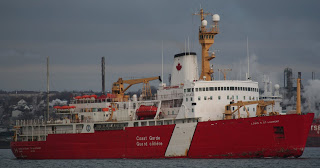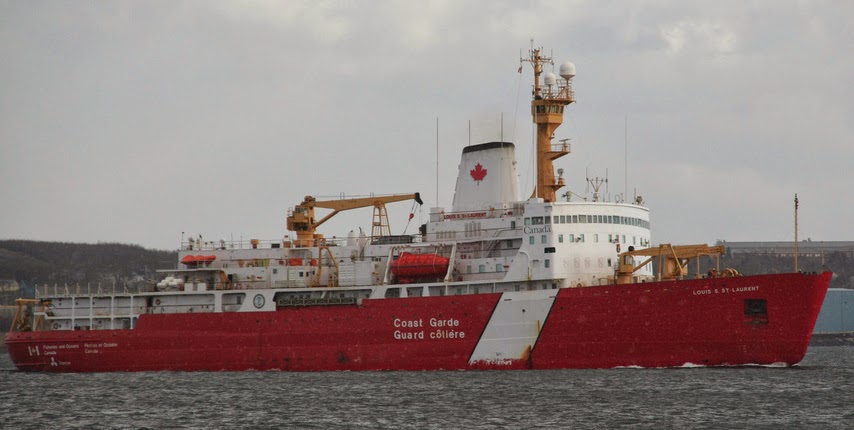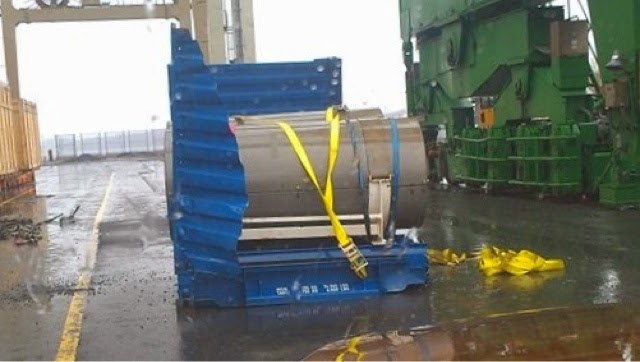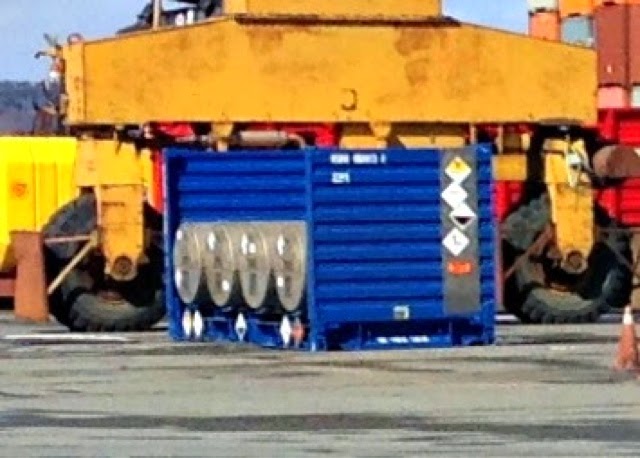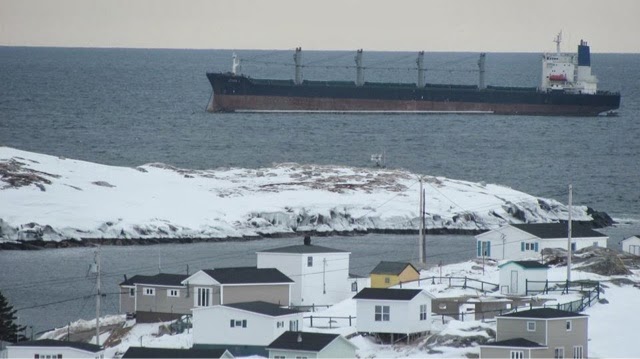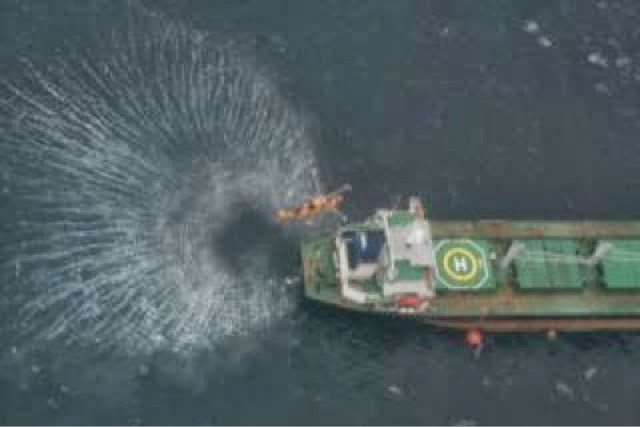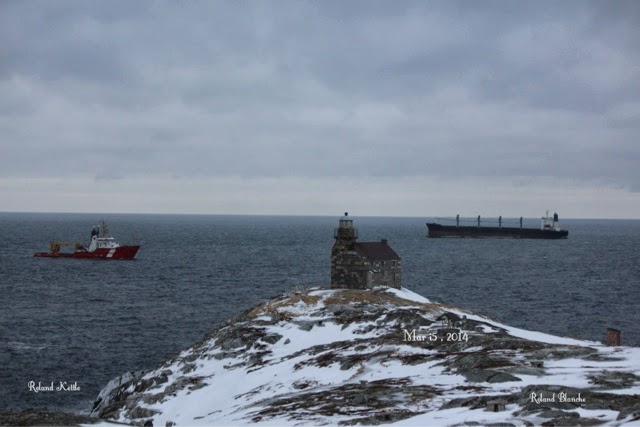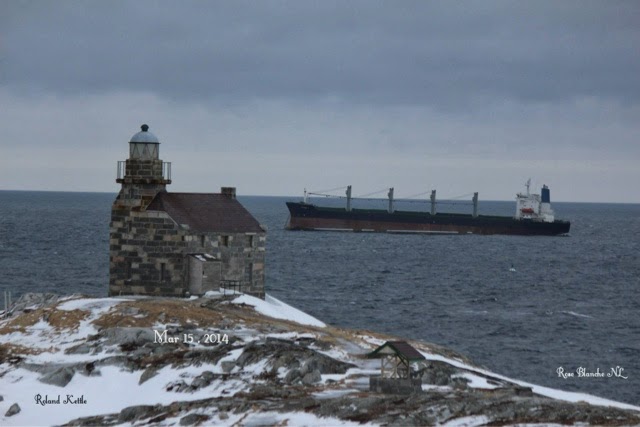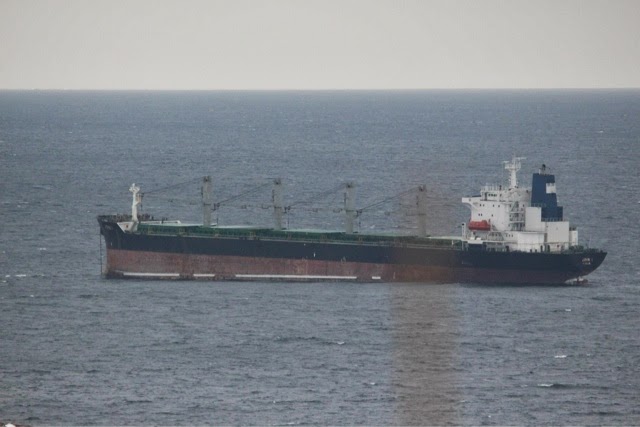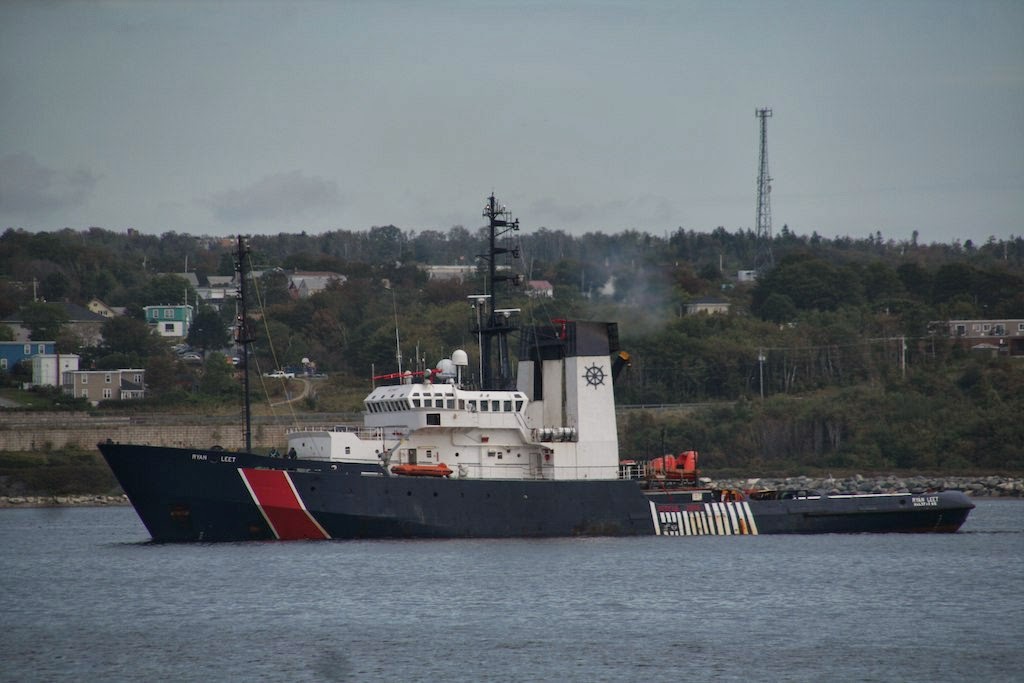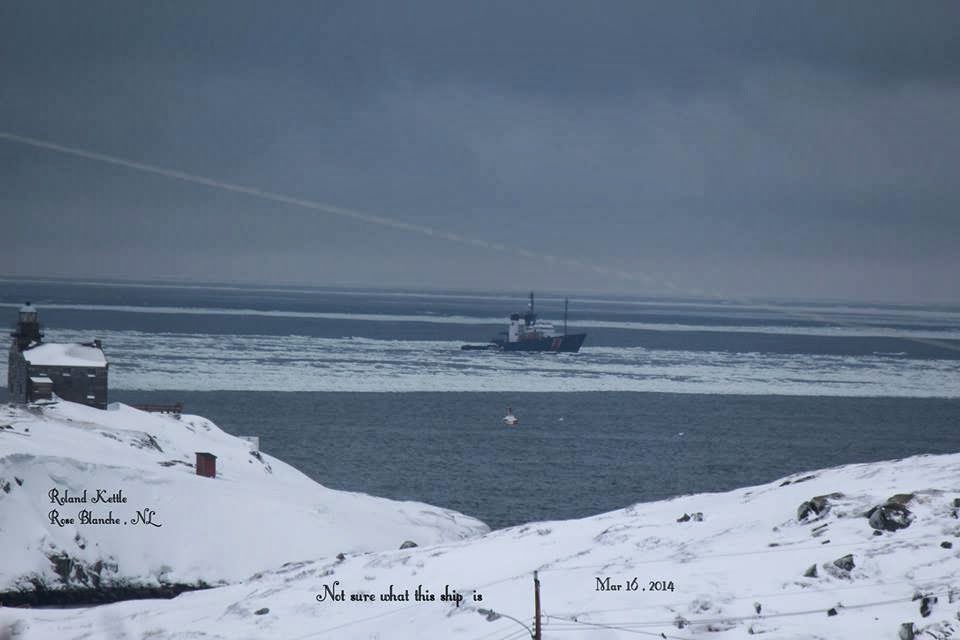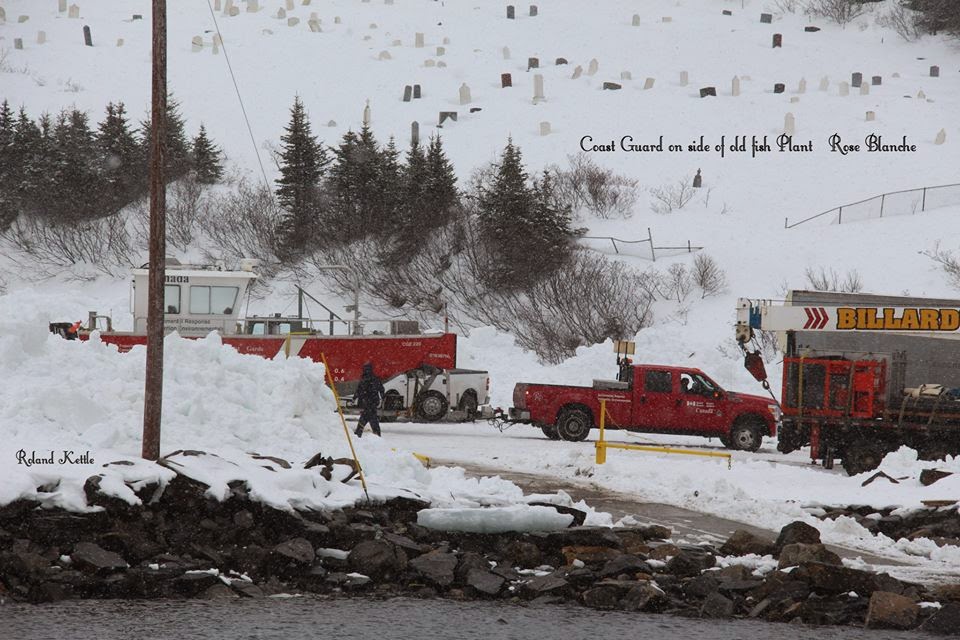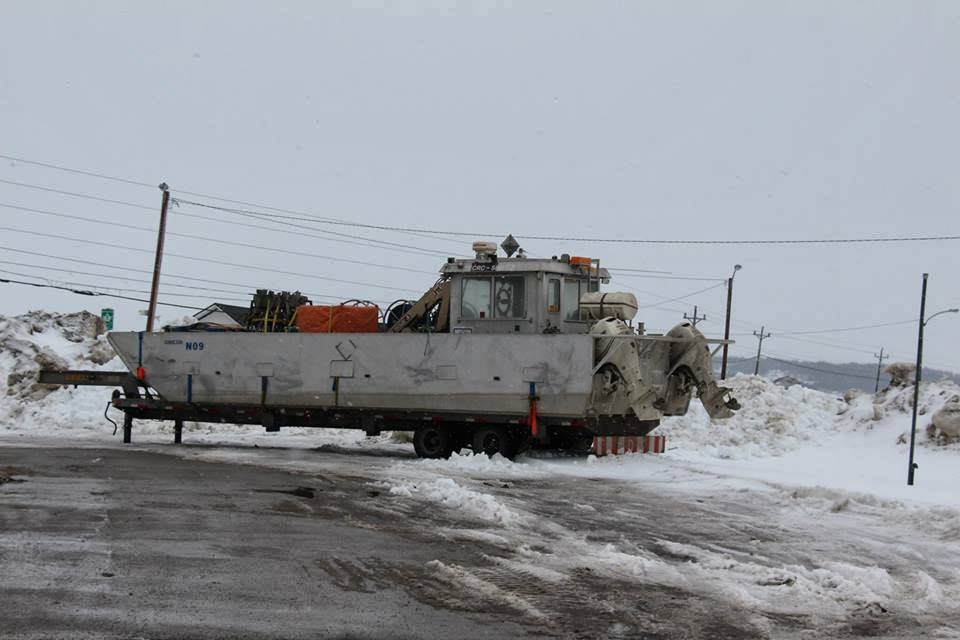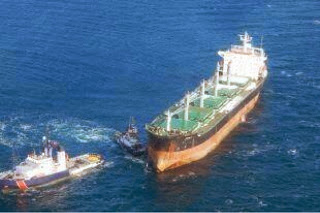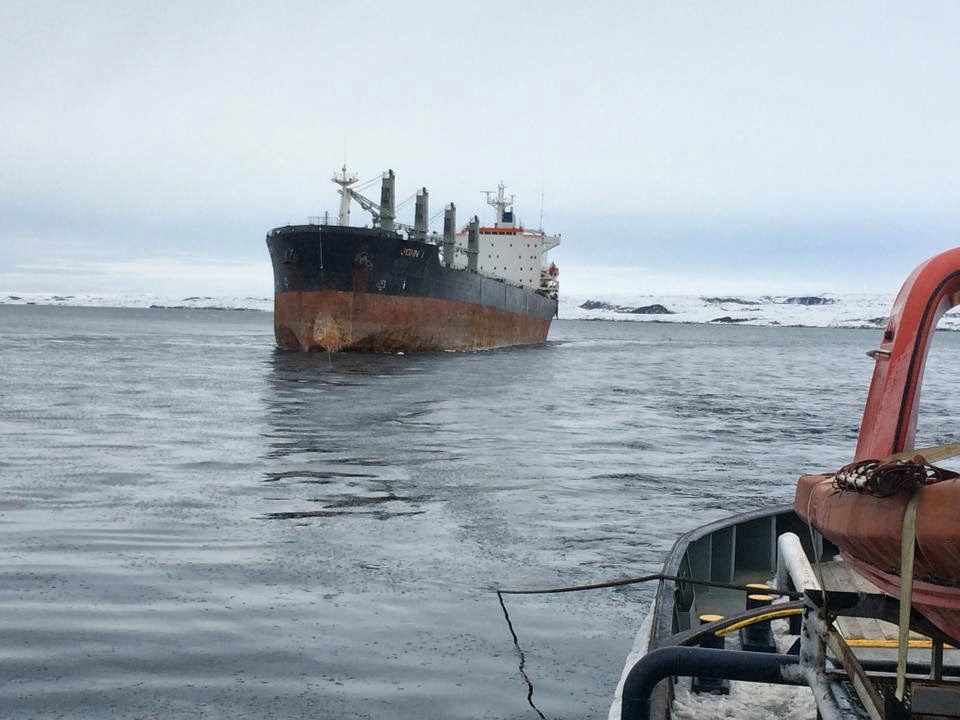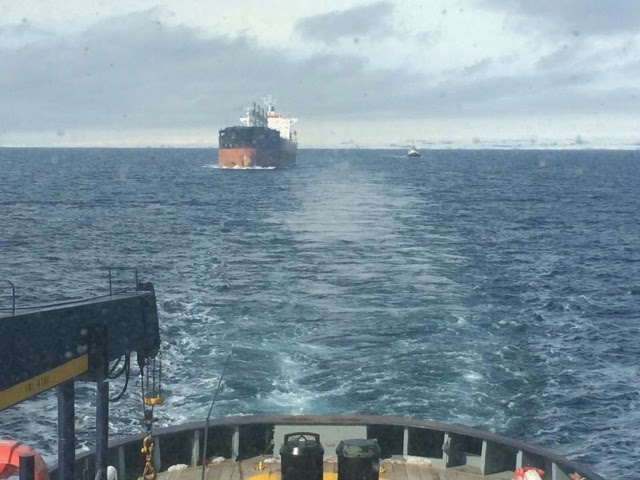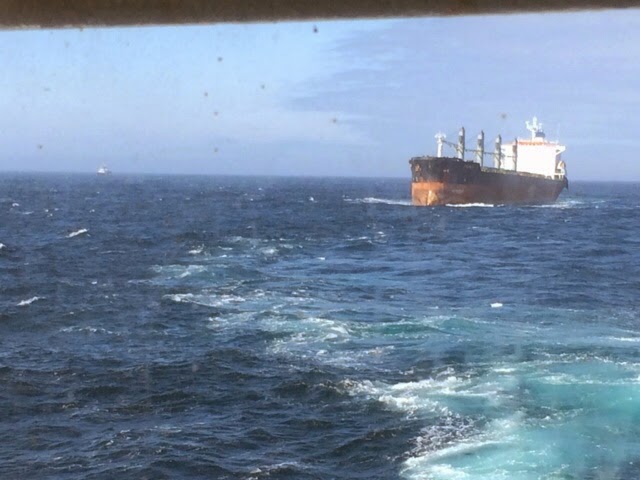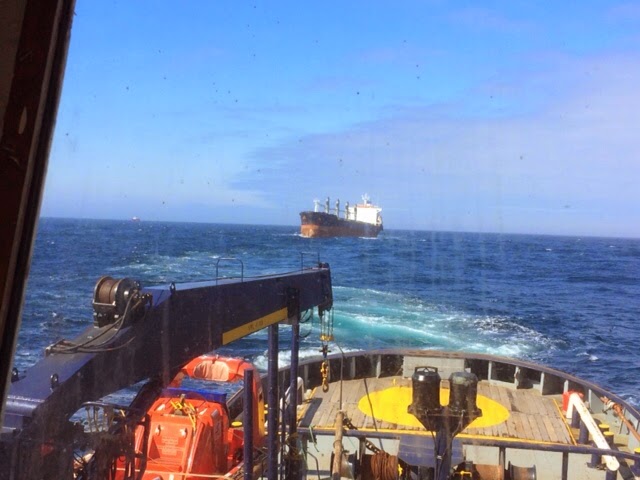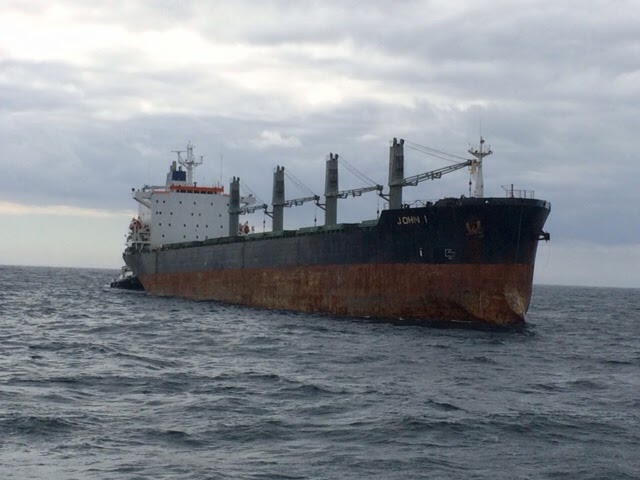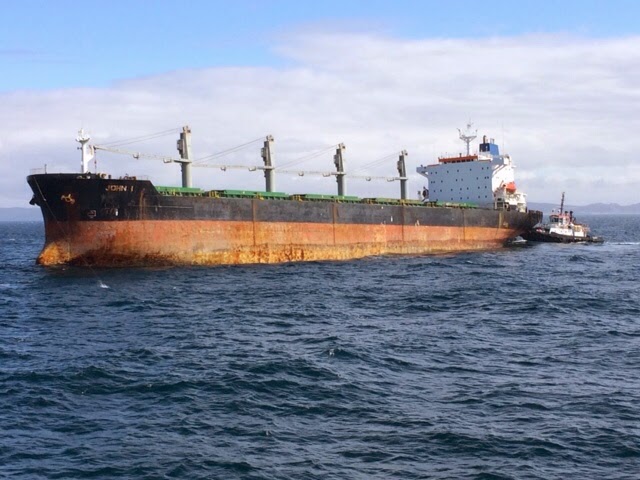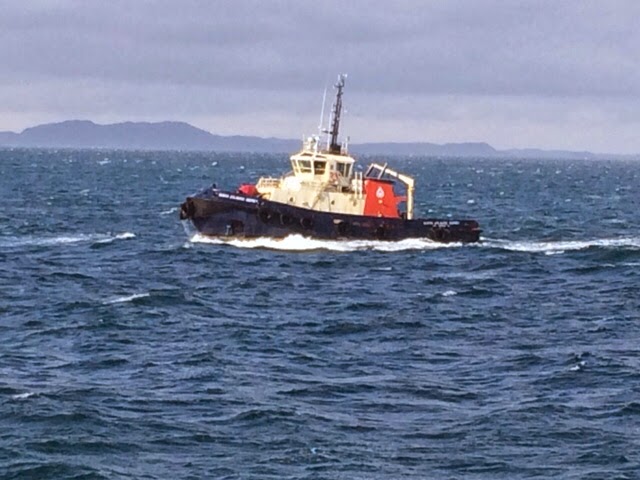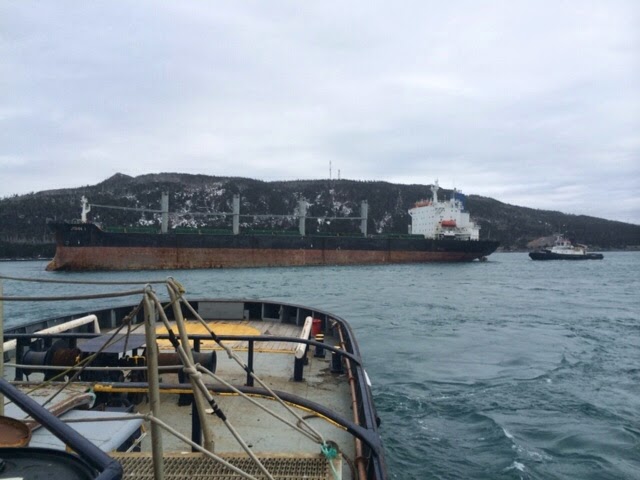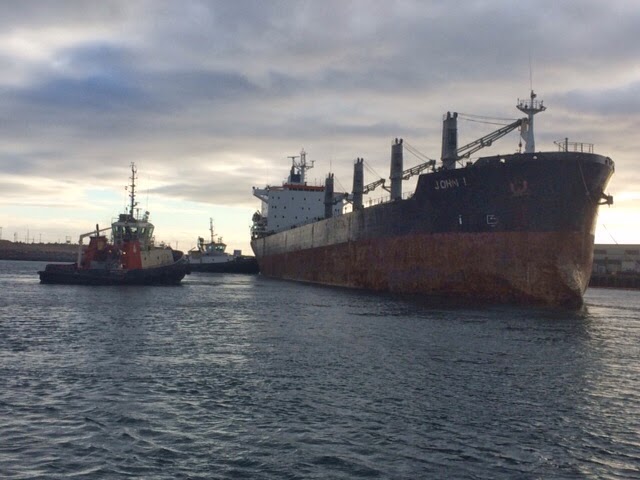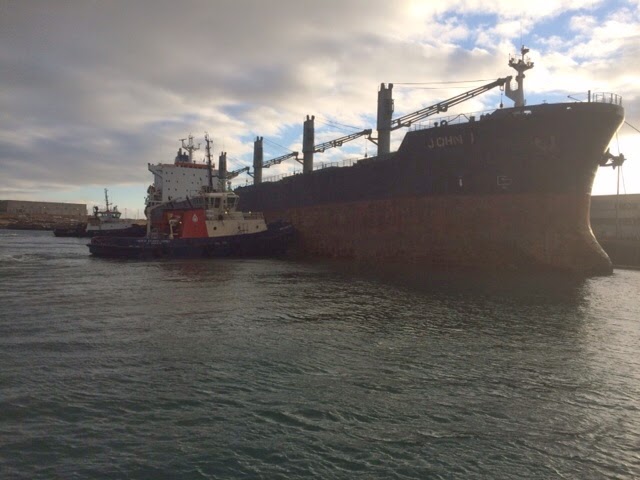Last night, around Quarter to 10, Halifax Fire received a Call about a hazardous material Spill at Fairview Cove. It Now appears that a container containing uranium tetrachloride cylinders failed while being unloaded from the Atlantic Companion resulting in the cylinders being dropped on the ship.
Radiation levels three times the acceptable amount have been detected. Halifax fire later clarified that there was no material Leaking, but elevated radiation levels existed. Workers were released at 1am. I have now been informed that Fairview is closed until Monday morning for cleanup. A specialist cleanup team is due to arrive from Toronto this afternoon.
(Left)this is the type of container that failed. I believe this one safely came off Atlantic companion earlier. Its more of a bulkhead flat then Container, and holds the 4 cylinders. Note the abundance of Hazmat labels on the sides. The top one is Radioactive.
These bulkhead flats are frequently used to ship Vehicles and other odd sized and shaped cargos on container vessels.
From Transport Canada offers the following Health notes should the cylinder fail
- Radiation presents minimal risk to transport workers, emergency response personnel and the public during transportation accidents. Packaging durability increases as potential radiation and criticality hazards of the content increase.
- Chemical hazard greatly exceeds radiation hazard.
- Substance reacts with water and water vapor in air to form toxic and corrosive hydrogen fluoride gas and an extremely irritating and corrosive, white-colored, water-soluble residue.
- If inhaled, may be fatal.
- Direct contact causes burns to skin, eyes, and respiratory tract.
- Low-level radioactive material; very low radiation hazard to people.
- Runoff from control of cargo fire may cause low-level pollution.
Small spills suggest 100m exclusion zone
Original Reports:
the area below was generated as details were unfolding:
Reports are that Halifax fire is dealing with a leaking container at Fairview cove. Atlantic Companion and London Express are both at the pier. Fire received the call at 21:46
A witness has told me that the fire department is by the Atlantic Companion. The container is reportedly damaged though May not be leaking.
Reportedly the commodity is Uranium Hexofloride, which wikipedia describes as “highly toxic, reacts violently with water and is corrosive to most metals”
Update:
Halifax fire confirm the container had uranium tetrachloride inside. The container was dropped on the ship and not on the pier.
Fire Crews confirm container is breached, levels three times the acceptable amount have been detected. Halifax fire later clarified that there was no breach, but elevated levels existed.
A source on site indicates that the container dropped off the crane. Workers have been told to report back at midnight though federal nuclear authorities have been contacted. The workers were sent home around 1am
Longshoreman and ships crew near the dropped container are reportedly under quarantine. This is likely due to the potential toxic effects of the product. They were also released at 1am
Fire have requested a metro transit bus which will be used for evacuations. Nuclear safety teams are Apprently due around 0800 tommorow, now requiring longer term accommodations then the bus.
Workers are being scanned for radiation and released. Sounds like fire units are also returning to base. Halifax fire confirmed that there are no injuries an no persons are contaminated. no evacuations are required. They report that 4 cylinders fell from a container but did not rupture. This might suggest that the container failed rather then the container falling from the crane, which has now been confirmed to be the case
About the material
From transport canada
- Radiation presents minimal risk to transport workers, emergency response personnel and the public during transportation accidents. Packaging durability increases as potential radiation and criticality hazards of the content increase.
- Chemical hazard greatly exceeds radiation hazard.
- Substance reacts with water and water vapor in air to form toxic and corrosive hydrogen fluoride gas and an extremely irritating and corrosive, white-colored, water-soluble residue.
- If inhaled, may be fatal.
- Direct contact causes burns to skin, eyes, and respiratory tract.
- Low-level radioactive material; very low radiation hazard to people.
- Runoff from control of cargo fire may cause low-level pollution.
Small spills suggest 100m exclusion zone

